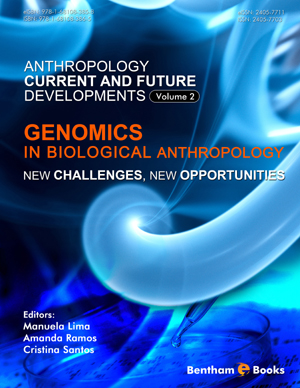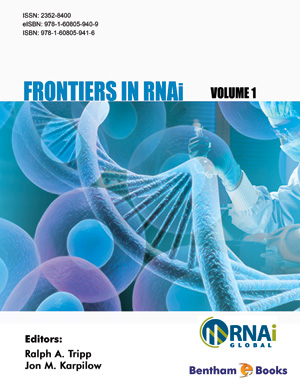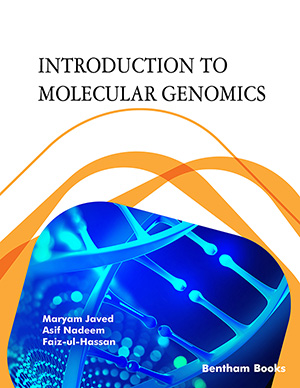Abstract
Genetic isolates correspond to subpopulations that have derived from a reduced number of individuals originally belonging to a main parental population, which have been submitted to isolation. Such subpopulations are widely acknowledged as important resources for the elucidation of the genetic basis of diseases. Mendelian diseases in particular have profited from gene finding strategies that use genetically isolated populations. In view of the success obtained for monogenic disorders, the scientific community was encouraged to use isolated populations with the purpose of analyzing complex diseases. In this chapter, the characteristics of human genetic isolates are addressed and the way by which they provide an advantage to gene finding studies is discussed. The implications of genomics for the efforts of gene identification using genetic isolates are also analyzed, and selected examples are provided. The availability of genomic data for isolated populations is currently providing in-depth insights into their structure, potentiating the use of research designs which are particularly suited for each isolate, thus increasing the chances of success of gene identification studies.
Keywords: Association studies, Complex diseases, Consanguinity, Endogamy, Genetic homogeneity, Human genetic isolates, Linkage disequilibrium Monogenic diseases, Non-extreme genetic isolates.



















